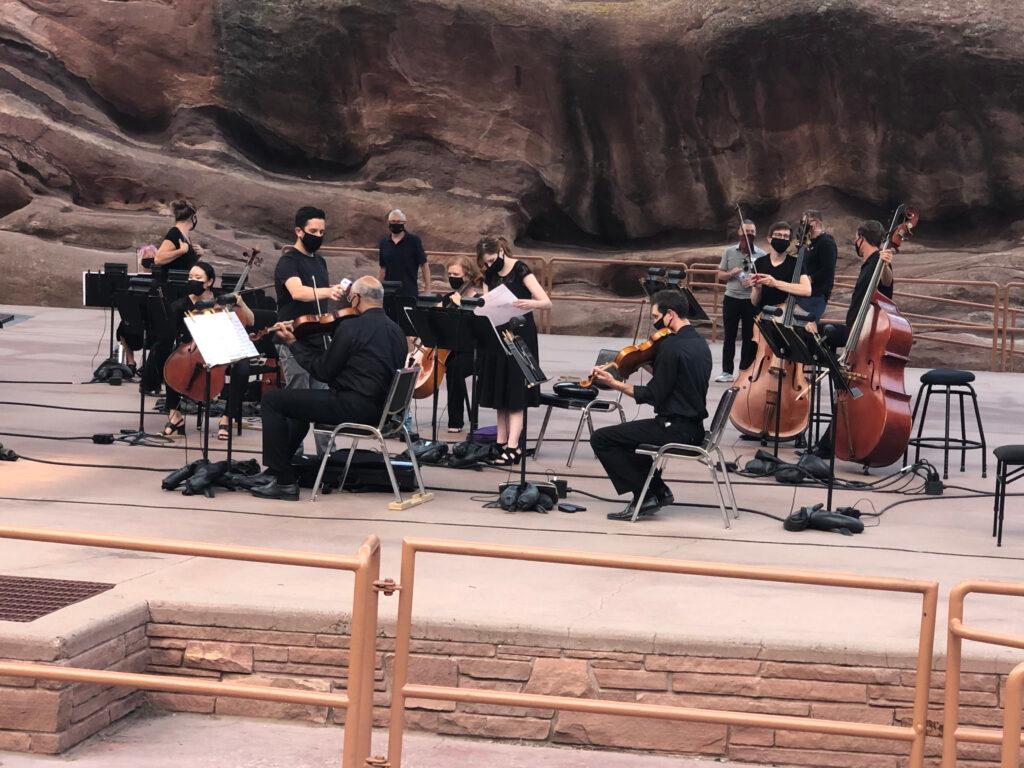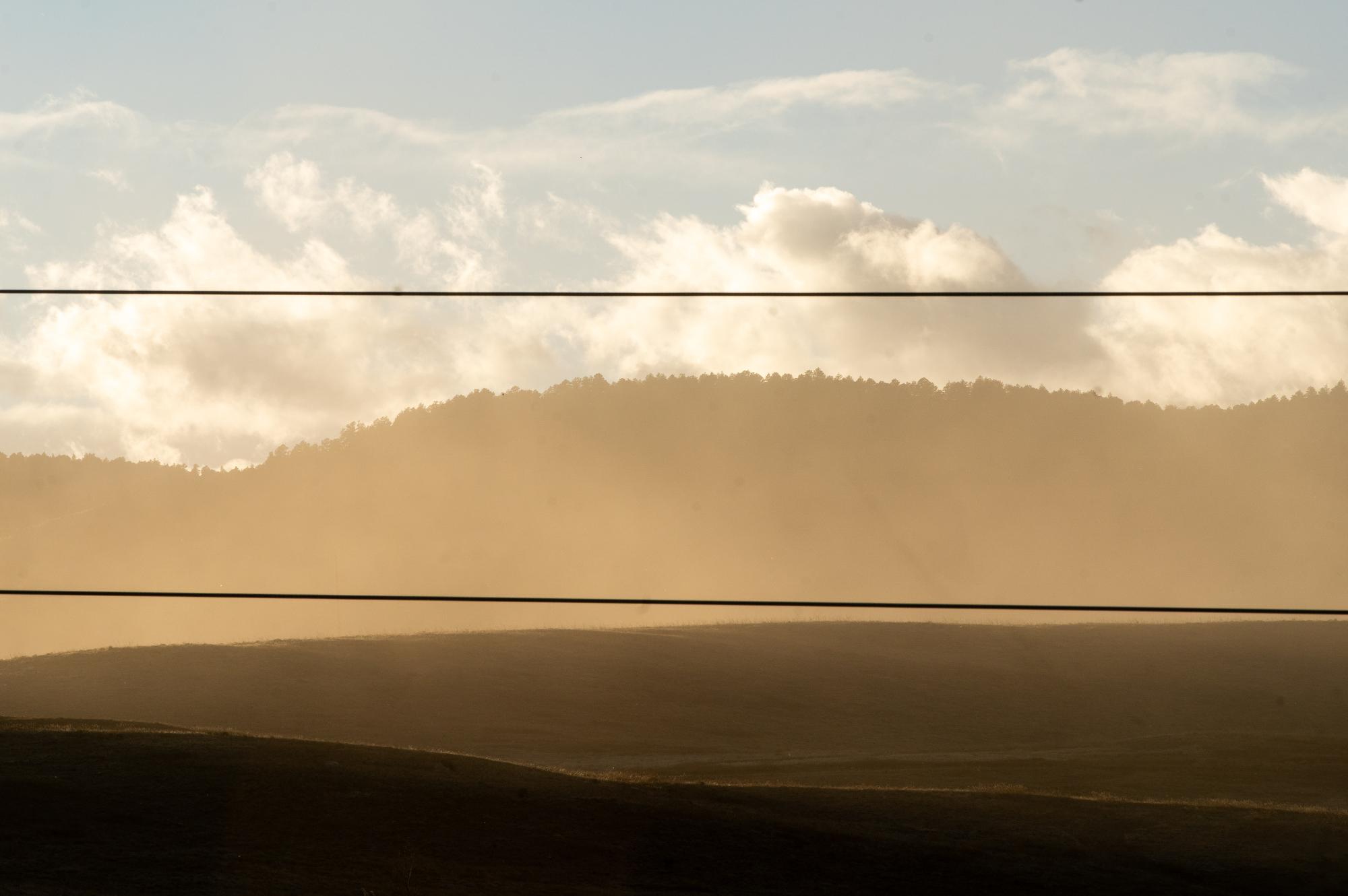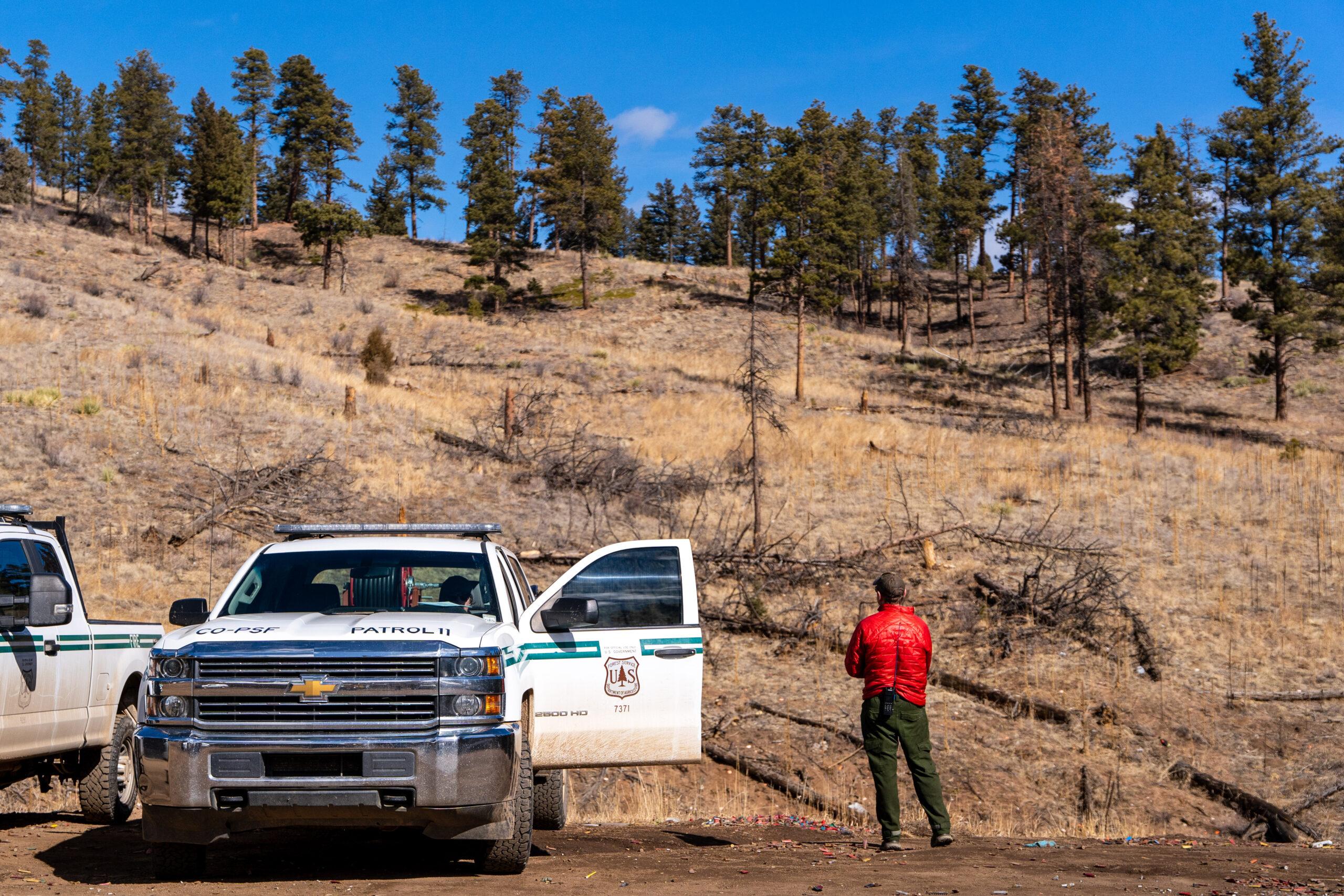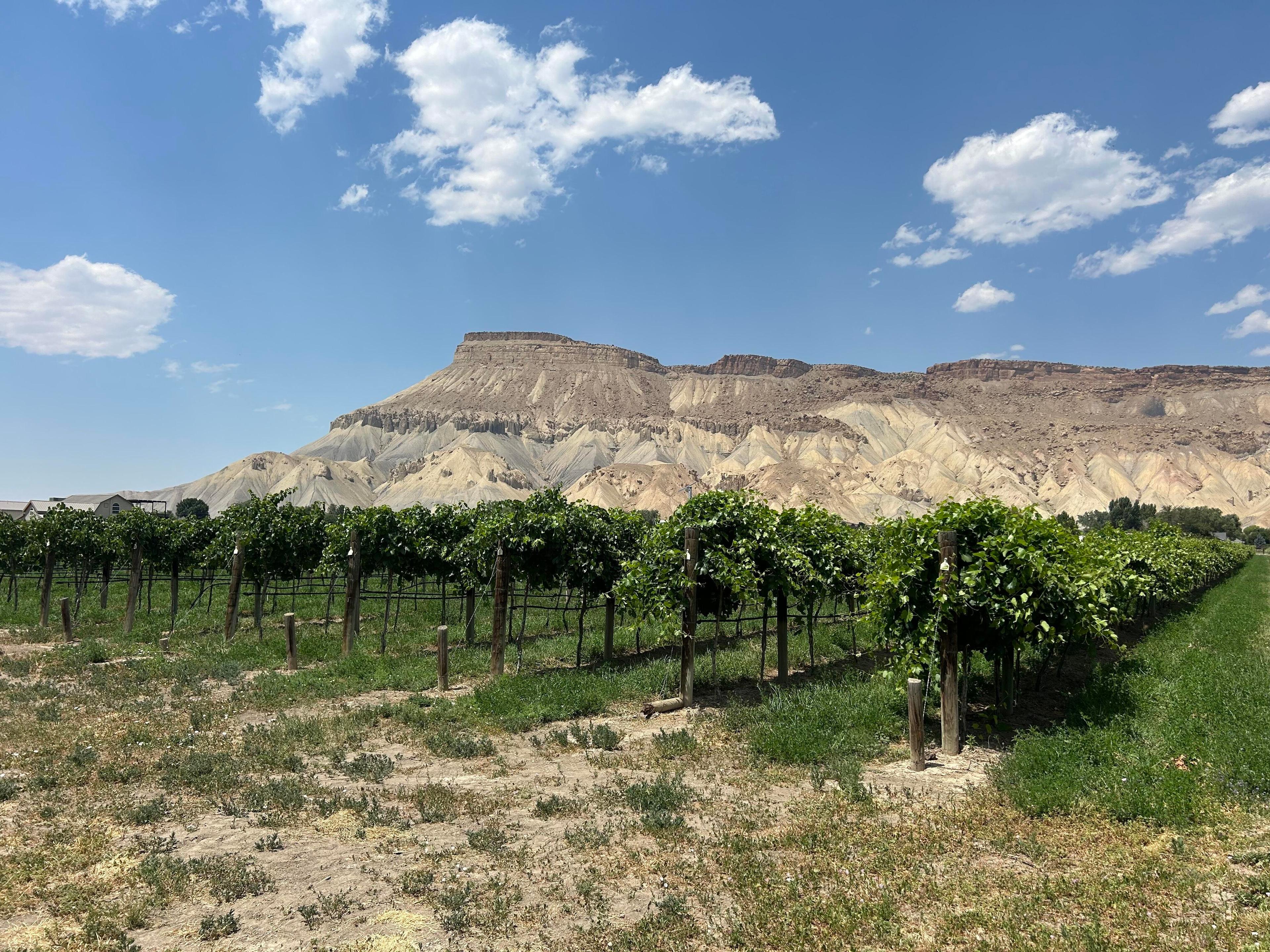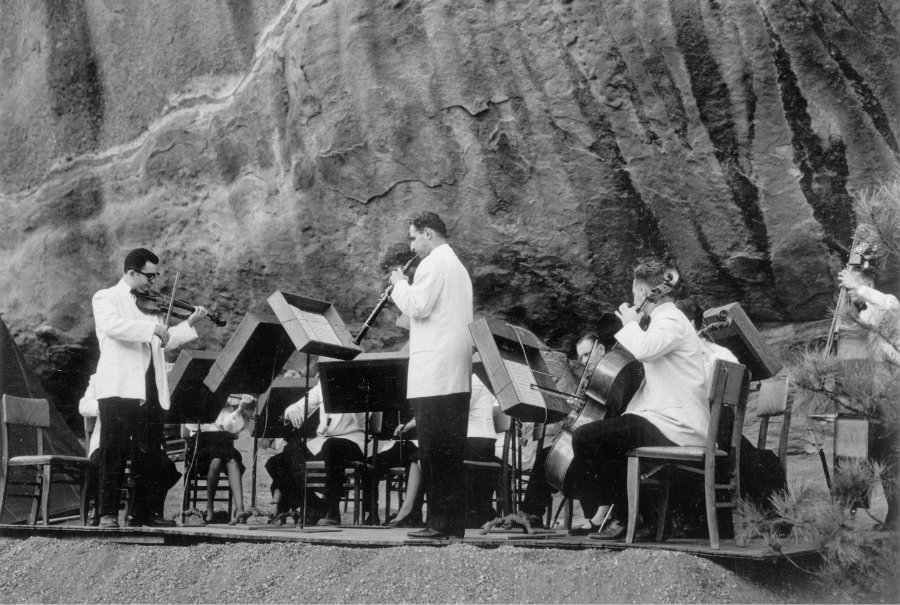
Updated: Jan. 12, 2021
On almost any night each summer, big names in pop and rock music perform at Colorado’s most legendary concert venue, Red Rocks Amphitheater.
The history of great musicians at Red Rocks goes back further than many music lovers realize. And classical music played a big part in that story.
Red Rocks began hosting concerts in 1906. The Civilian Conservation Corps, a federal administration that gave struggling workers jobs during the Depression, began building the amphitheater in 1936. Denver leaders dedicated the venue in 1941, and it began hosting regular concert seasons in 1947.
Some important classical musicians began to play the new venue. Igor Stravinsky conducted The Denver Symphony there on July 23, 1948.
Life Magazine covered the concert and published pictures that helped put Red Rocks on the map. The magazine reported that a half-hour after Stravinsky left the Red Rocks stage the audience was still shouting, “We Want Igor!”

Arthur Fiedler and the Boston Pops played there later. Popular Broadway and opera singers like Robert Merrill and Jeannette McDonald made appearances. Ballet companies, operas companies and orchestras gave performances.
Classical concerts at Red Rocks in the late 1940s, ’50s and ’60s were big events, and a kind of adventure for audiences. Drivers had fewer options to reach the park, and the parking lots were simpler patches of dirt. Still, the performances saw concertgoers dressed to the nines and fighting for seats, according to G. Brown, author of “Red Rocks: The Concert Years.”
“They were not only full, they were oversold,” Brown says. “They did not have the ticketing controls that exist these days. So you would get 11,000 people showing up for a venue that should seat 9,000 at the most.”
In 1958, a packed house got to see Van Cliburn -- the young, dashing American pianist who had just shocked the world by winning the First Tchaikovsky International Piano competition in Moscow at the height of the Cold War. Cliburn played his smashing version of Tchaikovsky’s First Piano Concerto at Red Rocks.

More classical musicians followed Cliburn. Stravinsky came back. The New York Philharmonic performed there with Leonard Bernstein. Even Liberace played Red Rocks.
Red Rocks had been built for classical music and opera, which Brown says constituted the bulk of concerts at Red Rocks. But those concerts started to lose their grip on the venue.
“The Denver Symphony Orchestra did a concert series for many years, and right at the beginning of the '60s ... the Symphony could no longer pay the dues -- the rent -- for the space,” Brown says. “The series went away, and I think that was the beginning of the end. There wasn’t anyone to steward classical music up there."

Brown says the decline of classical became more pronounced after a game-changing event on Aug. 26, 1964. That day, The Beatles took the stage for their one and only Red Rocks show.
After The Beatles, countless rocks bands booked shows at Red Rocks. By the late 1980s, there was almost no classical music at the venue.
Yet classical music made a comeback at Red Rocks in recent decades. The Colorado Symphony performed there regularly starting in the early 1990s.
Over the years, the orchestra also performed alongside pop acts like the Indigo Girls and DeVotchKa. The symphony even played a cannabis-themed “Red Rocks on a High Note” show in 2014 shortly after Colorado relaxed its marijuana laws.
In May 2018, the Colorado Symphony performed with pianist Natasha Paremski at Red Rocks -- the first time in decades the orchestra played there with a piano soloist.
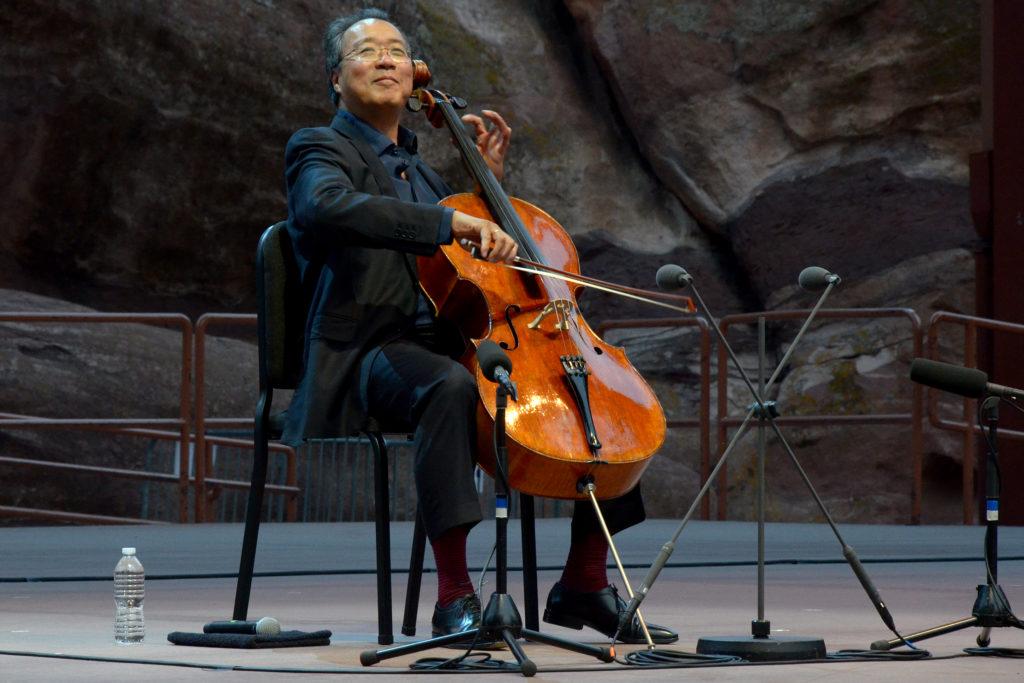
And on Aug. 1, 2018, the venue hosted a truly unique spectacle. Legendary cellist Yo-Yo Ma kicked off his world tour at Red Rocks and played Bach’s six Cello Suites -- a solo recital for 9,000 fans in an unparalleled setting.
If the health of classical music at Red Rocks was ever in doubt, the 2020 summer series from the Colorado Symphony showed that music is alive and well at the beloved concert venue. The “Acoustic on the Rocks” series took place with social distancing and masks for the audience as well as performers.
